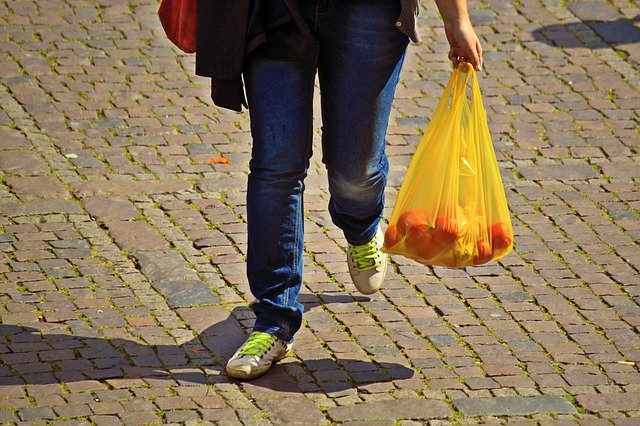Newton’s third law says that for every action, there is an equal and opposite reaction. Politicians know this as the law of unintended consequences. They are well aware of its existence and have seen up close the damage it can do. Still, they make laws they know they shouldn’t.
The ban on single-use plastic bags in retail stores is one of them.
California is of course the first state to outlaw single-used plastic bags. It took a ballot initiative in 2016, Proposition 67, which passed with 53% of the vote and upheld 2014’s Senate Bill 270. But the prohibitionists got the job done. Now eight states have statewide bans, with more surely coming.
Nearly six years after adoption, it’s worth asking if California’s law was truly a victory. Because the ban has led to consumers actually buying, and discarding, more plastic than they otherwise would have.
“When cities or counties institute plastic bag bans or fees, the idea is to reduce the amount of plastic headed to the landfill,” says ScienceDaily. “But a new analysis by a University of Georgia researcher finds these policies, while created with good intentions, may cause more plastic bags to be purchased in the communities where they are in place.”
The researchers estimate that carryout grocery bag (CGB) “regulations lead to an average increase in purchased plastics of 127 pounds per store per month, ranging from 30 to 135 (37–224) pounds for 4-gallon (8-gallon) trash bags.”
Maybe the researchers were looking for a different outcome. But what they found was their results confirmed previous findings on bag bans.
It’s never been a secret – or hidden housekeeping hack – that carryout grocery bags, or single-use plastic bags, are in reality multiple-use products, and aren’t tossed in the streets and waterways as often as plastophobes would suggest. (They make up only 0.6% of all visible litter.) Once unpacked at home, they become liners for small trash cans, receptacles for pet waste, lunch sacks, travel accessories (to separate dirty clothes), and even used again for grocery and other household purchases.
Yes, single-use bags eventually end up in landfills. But because they are made of thin-gauge material, they take up less room than the thicker bags consumers are forced to buy instead. The University of Georgia study “found that if a store generated at least 326 carryout plastic bags a day,” about 9,769 bags a month, less plastic would end up in landfills. Austin, Texas, learned this years ago. Two years after the city’s 2013 single-use plastic bag ban, residents were “throwing away heavy-duty reusable plastic bags at an unprecedented rate.”
Thinner bags also consume fewer resources and less energy in the manufacturing process than thicker plastic bags, compostable bioplastic bags, and paper bags. Reusable bags made of natural fabrics also fail to present themselves as an eco-friendly alternative. They have to be used more than 100 times before they register environmental benefits when compared to single-use bags.
We won’t claim the world was perfect before California banned single-use plastic bags. Yet it’s no better off in terms of what the ban was supposed to accomplish, and in some ways worse off. It could be a learning experience for policymakers, and voters, but blind ideology is still the political driver in the state.
Kerry Jackson is a fellow with the Center for California Reform at the Pacific Research Institute.

